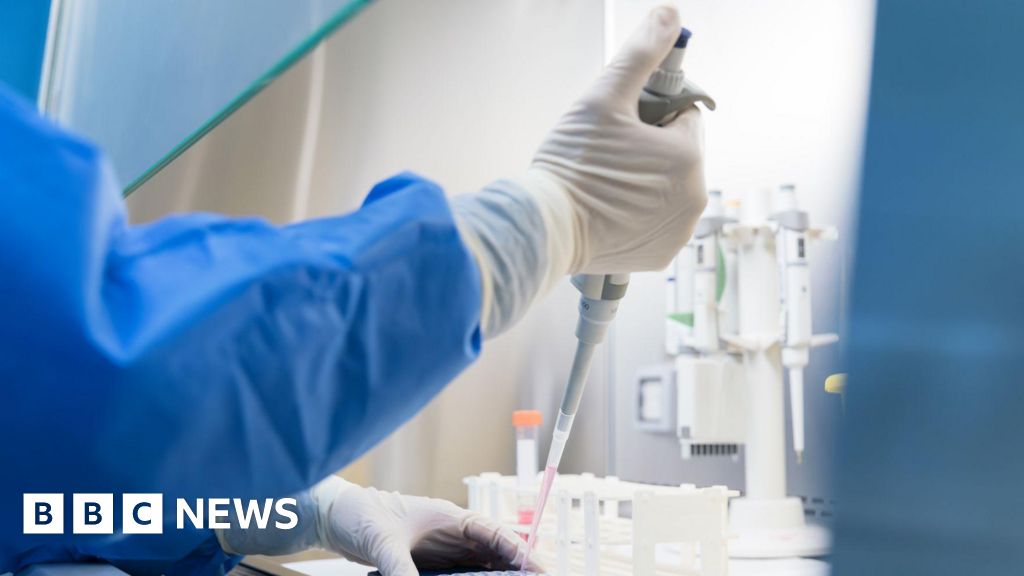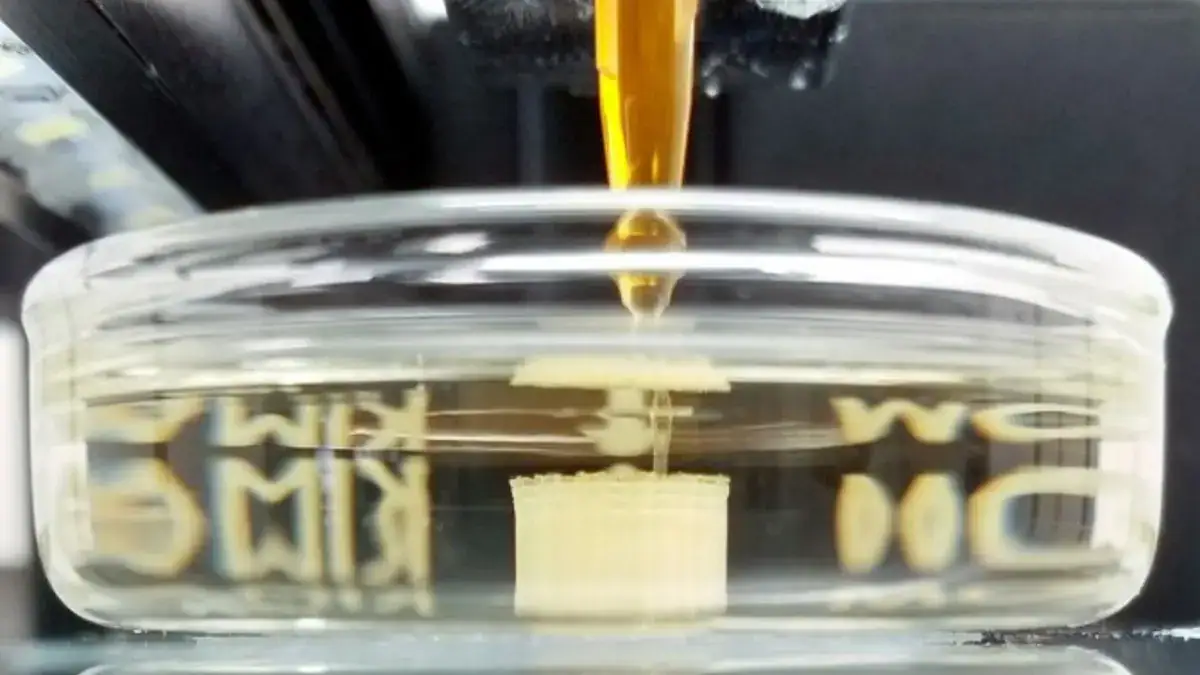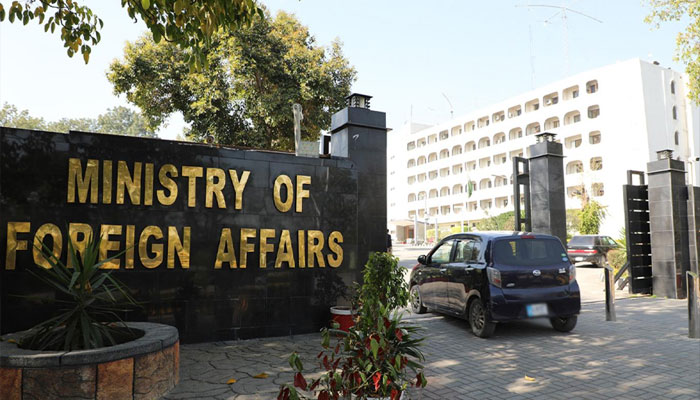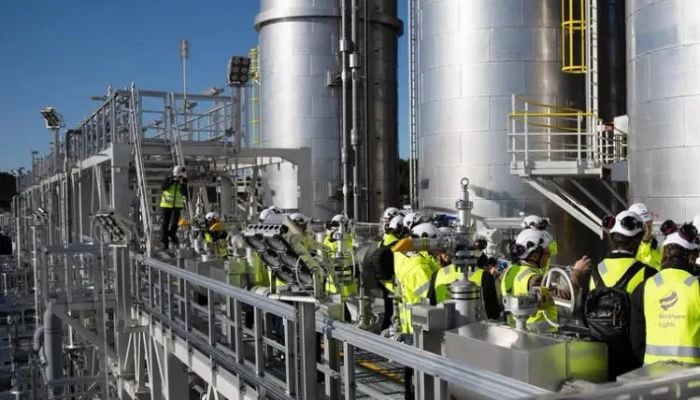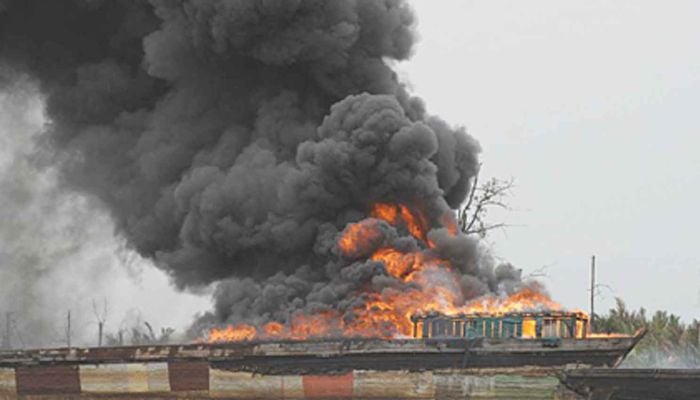Samsung Electronics Co., Ltd announces the launch of the new Galaxy A17 series, bringing an exciting new addition to the A Series mobile device line-up. The Galaxy A17 and Galaxy A17 5G combine sleek design, reliable performance and smart innovation, all at a more accessible price point.
Building on the success of the Galaxy A16 Series, the Galaxy A17 continues Samsung’s mission to make awesome experiences available to more people. With vibrant Super AMOLED displays, advanced triple-camera array, and some of the latest AI tools[1], the Galaxy A17 Series makes it easier than ever to connect, capture and stream life’s awesome moments.

Slim design, big view
The Galaxy A17 Series features a vivid 6.7” Super AMOLED display with a smooth 90Hz refresh rate – perfect for scrolling, streaming and gaming. With slimmer than ever dimensions[2] and a refined, linear camera design, the Galaxy A17 and A17 5G deliver a sleek, modern look that’s built to impress.

Camera confidence in every shot
Equipped with a versatile rear triple-lens camera system, including a 50MP main camera with new Optical Image Stabilisation (OIS)[3], a 5MP ultra-wide lens and a 2MP macro lens, the Galaxy A17 series makes it easy to seamlessly shift from sweeping landscapes to close-ups in vibrant colour and clarity to capture life’s moments.
Built to last – protected inside and out
Durability comes as standard with Corning® Gorilla® Glass Victus®[4] and an IP54 rating[5] for dust and splash resistance. Backed by six years of security updates and six OS upgrades, the Galaxy A17 series is designed to stay protected and up to date for years to come.
Performance that powers your day
The Galaxy A17 5G features a 5,000mAh battery with 25W fast charging, ensuring power for busy days. Also it is powered by the Exynos 1330 processor, delivering smooth HD streaming, responsive gaming, and seamless social sharing.
Storage options start at 128GB with 4GB RAM, with support for up to 2TB of expandable storage via microSD card, giving users plenty of space for apps, photos and media.
Availability & pricing
The new Galaxy A17 5G is the latest device in the A series line-up, available now in retail stores and on Samsung.com for £199.
- Galaxy A17 will be available in Light Blue, Grey and Black.
- Galaxy A17 5G will be available in Black, Blue and Grey.
Please visit here Samsung.com/uk/ for more information.
[1]Samsung account login and network connection required.
[2]7.5mm thickness compared with 7.9mm thickness on previous models
[3]Optical Image Stabilisation on 50MP main camera only.
[4]Corning® Gorilla® Glass Victus is applied to the front of the device.
[5]IP45 rated for limited dust and splash resistance and for protection against a solid object greater than 1mm such as a wire. Not advised for beach or pool use. Water resistance of device is not permanent and may diminish over time because of normal wear and tear.
